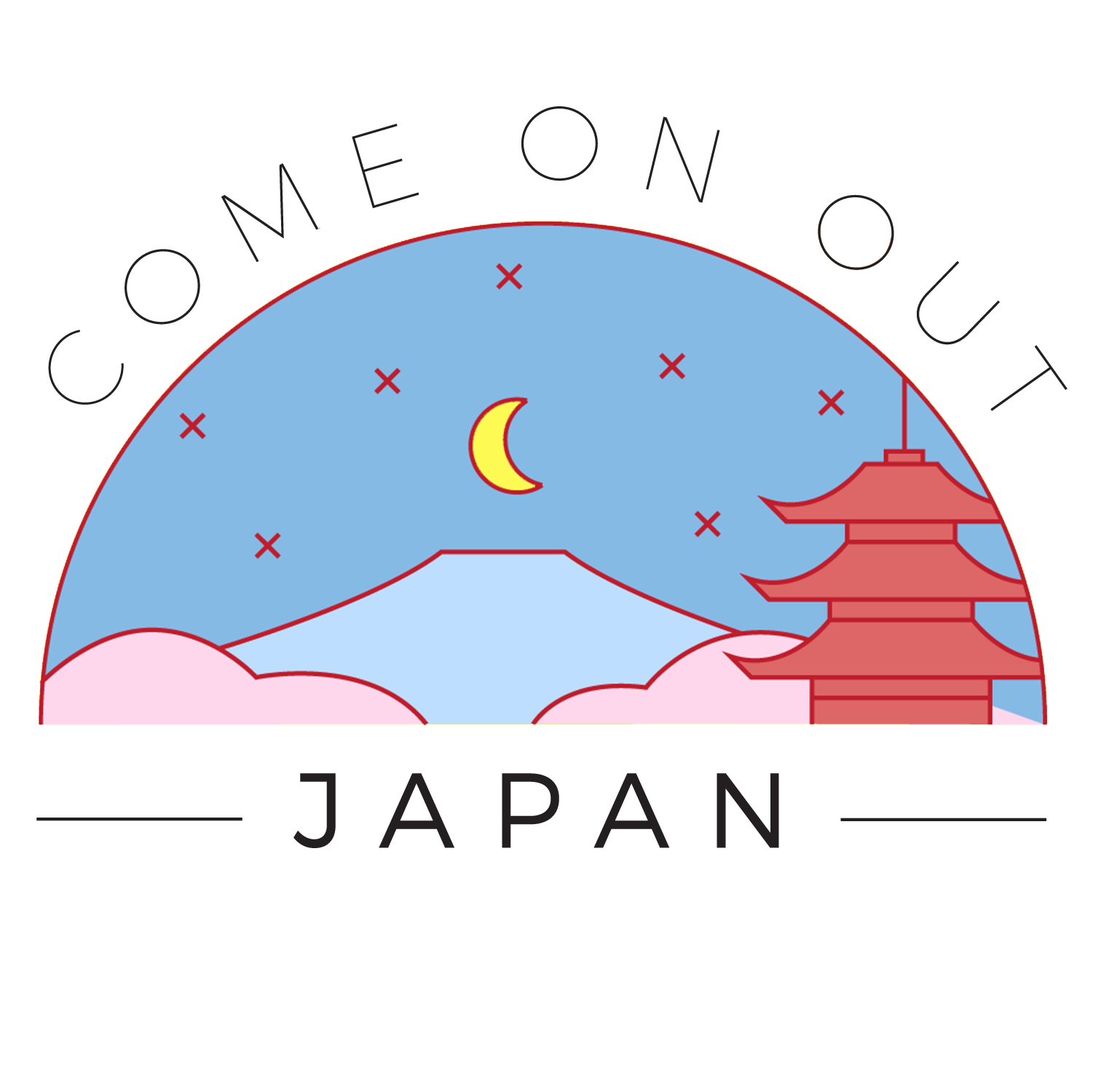By Robbie Spiers
Hiroshima is one of the smallest venues for English Camp this year but is by no means some boring backwater - it’s got okonomiyaki, beautiful parks and Itsukushima shrine is only a stone’s throw away.
Everybody loves to eat food, and one of the dishes that Hiroshima is famous for is its take on okonomiyaki (a kind of savoury pancake with noodles, cabbage, egg, and sauce). There are plenty of places where you can tuck into a plate of this local speciality, but one of the most famous is Okonomimura, a building consisting of four stories of restaurants dedicated to making okonomiyaki. When the Hiroshima interns visited, the chefs make the dish on hot plates right in front of us with the process looking like this:
The Hiroshima of today is a modern, easy-going city so it was easy to forget the its apocalyptic past. The Peace Memorial Park, however, provided a tranquil and thought-provoking reminder of how far the city has come since it was destroyed 70 years ago. Visiting the gardens was very moving and the atmosphere was surreal and unforgettable. The park may not be the usual cheerful tourist destination you might expect but it is definitely a place that any interns who are lucky enough to go to Hiroshima should visit.
After the five days of English Camp we took the chance to explore the nearby island of Itsukushima (also known as Miyajima) at the weekend. The trip was my favourite part of my time in and around Hiroshima as Itsukushima has boatloads things on offer - deer, a floating torii gate and Mt. Misen just to mention a few. The torii gate and shrine gave us the opportunity to see a glimpse into Japan’s traditional culture, whilst Mt. Misen provided breathtaking views of Hiroshima Bay and the Seto Inland Sea. Take a look at some more of my photos below to get a feel for the place:
Hiroshima may not be as big or glamourous as major venues like Osaka and Tokyo, yet its small venue size means that not only do you get to know your fellow interns much better, but also that your experience inside class and out is more personal and welcoming.














